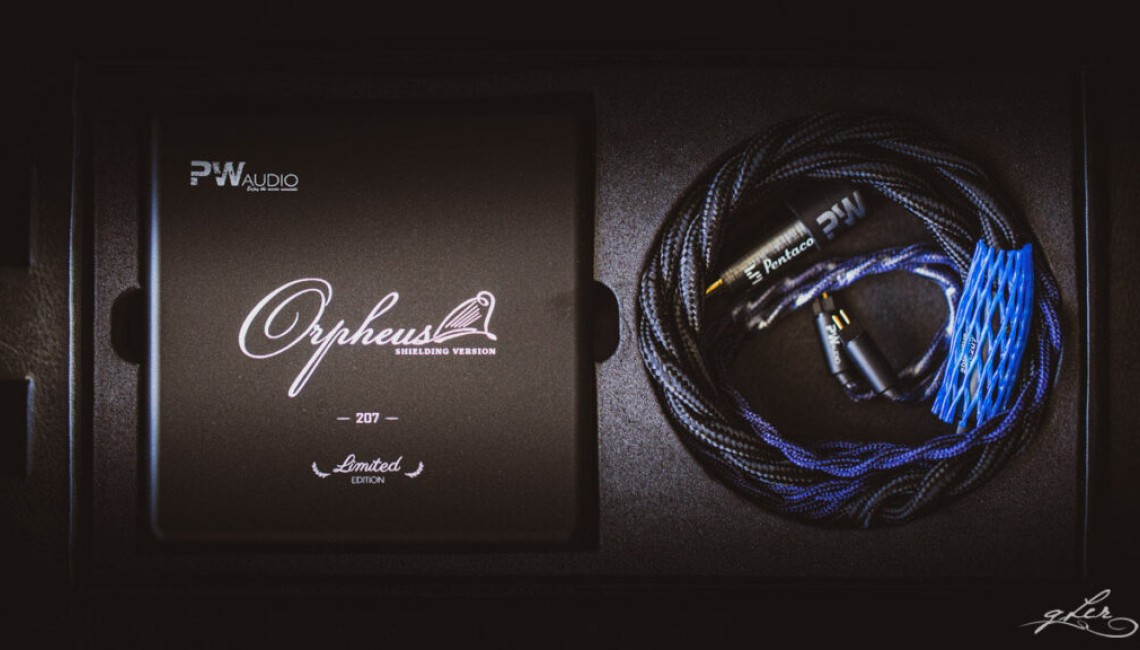
Just as I suspected! Orpheus is filled with some sort of gold-coloured, viscous liquid that’s delightfully sticky and surprisingly sweet on the tongue. Its smell is reminiscent of floral pollen, the same pollen that’s gathered by millions of bees and…wait a minute…that’s it…the sound of Orpheus…
It’s…honey, baby!
Trust me when I tell you there’s no better way to describe what I’m hearing whenever I pair Orpheus with any of my favourite IEMs (more on that later). The most immediate sensation is a gentle warmth, followed by sweetness, followed by an expansive, liquid space that allows the music to flow unhindered, further, wider, higher than with any other cable I’ve used in all my time in the hobby.
It’s not a fuzzy warmth either – this is not the distorted tube sound of your dad’s lightbulb amp; it’s a focused, hyper-detailed presentation with a dark, fluid background devoid of any noise other than what’s in the music. And oh is it musical. Forget cold and clinical; Orpheus is the antithesis of analytical audiophile, and yet somehow manages to resolve every iota of detail from my very best music files.
There’s an adage in audiophilia that goes something along the lines of: musicality or details – take your pick. It goes against reason – and convention – to experience the very best of both. Most IEMs can’t do it. Most amps and DACs can’t do it. Orpheus somehow does. Let’s break down the different tonal and technical elements to try work out how.
Despite all the flowery adjectives I used above to describe the Orpheus ‘sound’, cables don’t actually have their own ‘sound’, per se, but rather imbue a certain tonal shift (or lack thereof) on the sound of the ‘chain’ (files – source – IEM). By comparing the effect of different cables on the chain, we get to distil the character or tendencies of different cables, and break them down into tonal and technical characteristics.
Orpheus has a very analogue feel to its character. By that I mean it imbues a certain richness, smoothness and warmth to the overall sound of an IEM. To me, this type of sound usually starts and ends with the bass, and Orpheus is no exception. It creates a space for the bass to occupy that stretches farther than I’ve heard with other cables, then gives the midbass frequencies a slight lift for added weight and reverb.
If you’re a dynamic driver aficionado like me, you’ll appreciate how Orpheus complements the tonal character of the very best dynamic driver bass: slightly slower decay, letting the notes linger while adding weight to the sound with an endlessly deep rumble that seems to tail forever into the distant stage. This is masterful bass, where kick drums kick hard, but are also accurately placed on the stage so they don’t feel artificial.
This unison between bass and stage dimensions is important: the best bass-driven IEMs are complemented with a larger space for the notes to wallow and reverb. It’s as if you’re standing in the middle of a stadium (or club basement dancefloor), and the bass is reverbing off the walls and wrapping around you, rather than pounding your head. It puts you a few steps back from the drum hit or drop so you can appreciate the nuances of the bass notes and ‘see’ the different layers and textures, rather than simply slamming out to a wall of bass.
A great example, for context, is the dual kick drum intro to the Eagles’ live MTV performance of Hotel California, brilliantly recorded and presented on the band’s Hell Freezes Over LP. Most great dynamic driver IEMs will render the powerful drum kicks accurately, with a ‘suck-out’ sensation that accompanies the initial hit, and what should be a weighty reverb that blasts past your ears and off the stadium walls.
Adding Orphy to the chain, I check all those boxes, but the drums are somehow even slightly bigger, and I can almost feel the sensation of ball hitting skin with each kick. It not only sharpens the focus, but also lets me follow the reverb with greater ease.
Electronic bass also benefits from this kinship between bass presence and staging whenever Orpheus is involved. There are many great examples to choose from here: take your pick from Daft Punk’s 10/10 tracklist on Random Access Memories – Georgio By Moroder being my personal favourite off that album; or one of the many synthesised masterpieces from Alphaville’s Forever Young, with the title track and Sounds Like a Melody the standouts here; or the slow, steady, cyberpunk bass hits and growling sub bass undertones in Aes Dana’s brilliantly-rendered Inks.
But turn your attention to a more ‘recent’ favourite of mine, MrKitty’s After Dark, and you’ll be treated to some deliciously impactful electronic bass that, with Orphy, transforms into something far more than pure impact.
I’m used to being ‘blown away’ by the drum hits in this track, usually because I turn up the volume every time this track comes on. But with Orpheus in the chain, it’s not the impact or ‘punch’ that draws me in, but rather the texture and three-dimensionality of the electronic bass drums in the context of the track. It becomes just another element, letting me take in all the other elements spread across the wide stage, while still enjoying the bass hits to the full.
In all these examples, Orphy’s bass presentation is perfectly matched to the music, that being slightly slower, more pronounced and resonant. I still find much to like with faster EDM bass and super-fast rock drums, and while there are some copper cables that replace the warmth and bloom usually associated with ‘copper bass’ with a much faster, tighter and punchier bass delivery, I don’t feel that Orpheus struggles for pace either. Rather, it errs on the side of romanticism over efficiency and pure speed, and colours the sound with bass rather than leaving it neutral and transparent.
If bass gives Orpheus its colour, the midrange is Orpheus’s canvas. I don’t ever recall hearing the effect of a cable that’s both smooth and hyperdetailed at the same time, yet here we are. Once again I have to mention stage, because the way Orpheus spreads the midrange notes out to the extremities of the stage, particularly in hard-panned tracks like Fleetwood Mac’s Dreams, makes for a very immersive, out-of-head listening experience indeed.
While I personally prioritise bass over most things in audio, midrange purity comes a close second. What I particularly look for in an IEM is smoothness – nothing turns me off faster than a shouty midrange – and I find Orphy’s ability to simultaneously convey all the information in a track while keeping the tone smooth, gentle and almost ‘laid back’ in its spaciousness, a real game-changer compared to any other cable I’ve tried.
I can imagine this trait would be particularly useful for listeners who want to retain all the detail in their ‘detail monster’ IEMs but maybe tone down some of the spice that often accompanies this type of presentation. Enter Orpheus, and its analogue-first presentation that makes zero compromises when it comes to midrange resolution. You’ll hear every spittle burst in Heidi Talbot’s close-micced vocals in Cathedrals, for example, while revelling in the timbral accuracy of the guitar plucks and strings in that track.
Listening with Orpheus, for me, is like taking a shot of vodka before sitting down for a mastering demo in a soundproofed studio. I’d pick up on every tiny sound, pan, and pitch change, while succumbing to the gentle warmth of the alcohol in my bloodstream. It’s a bit trippy in the way it makes the sounds appear ‘as if from nowhere’ and disappearing into the pitch black ether they came from.
Put on an intricately layered track like Owl City’s The Saltwater Room, or, if you prefer real instruments, Brandi Carlile’s The Story, and you’ll know what I mean. I’m hearing details in these intimately familiar tracks that I swear I’ve never heard before, making my wonder if I’m hallucinating or if the sounds are actually there. It could just be that Orpheus is presenting these tracks in such a way that I’m hearing the same details slightly differently, but whatever it’s doing, it’s a wonderful experience.
What remains consistent between both tracks above is the purity and sweetness of the female vocals, which is really my main focus when it comes to midrange presentation. Brandi in particular seems less ‘gruff’ than she can sometimes sound with more ‘gritty’ IEM and cable combinations, and Breanne is positively girlish singing “time together isn’t ever quite enough” in The Saltwater Room.
The only ‘downside’ to this smoothness is that those of you who may want maximum energy, spice and grit from every midrange note in the music may not find it with Orpheus. Yes, you’ll get all the detail and no, it’s not veiled or ‘smoothed over’, but it will still sound very smooth, and for some that lack of ‘bite’ will be telling.
Speaking of bite, this brings us to treble, where bite is either the golden goose or the rotten egg, depending on your preference. For me, the way Orpheus smooths over not just the midrange but also the mid-to-upper-treble notes is spot-on ideal. That ever-so-slight rolloff of the highest highs prevents sharper treble notes from creeping in and calling all the attention to themselves, but if that’s what you want, Orpheus might leave you wanting.
Once again, however, none of this comes at the cost of detail. Listen to any track off Hilary Hahn’s new album, Ysaÿe, and the sweet, spicy, sharp yet smooth rendition of her solo violin strings will captivate you as if Hilary was right there in the room. Or play the solo riffs from Nils Lofgren’s expertly-recorded live performance of Keith Don’t Go, and tell me you can’t feel his fingers pinching the metal strings.
Whenever I have an issue with an IEM’s tonality, it’s most often in the treble, my preference being for a softer, more laid back presentation with just enough sparkle and shine but never to the point of overpowering the midrange and bass notes. To me, Orpheus is treble perfection, as long as the IEM plays ball. I don’t think Orpheus will do enough to quell a wildly errant or bright IEM, but it will definitely make it far more listenable for me.
This, of course, is just my opinion, and I know many trebleheads that are already checking Orpheus off their wish lists based on this description alone.
Overall, all these different tonal elements combine to create what I consider the most tonally rich, pure and ‘real’ sounding cable I’ve personally heard in all my time in portable audio. It’s smoothness makes it a real pleasure to listen with, taking the edge off many IEMs I consider a touch too aggressive for my liking, while at the same time giving them a dash of colour that’s simply gorgeous to behold.
While sounds stretch out wide and deep, they don’t necessarily stretch up and down, at least any more than they would with any other good cable. I put that down mainly to the character of each IEM, though, because some IEMs still sound very tall with Orpheus in place. They also don’t stretch unrealistically wide; you’re not going to turn your tiny closed IEM into an open-back HD800 just by using Orpheus, but your music will sound comparably less condensed and intimate.
Imaging follows on from soundstage, and also dovetails with noise floor. Because the stage is larger and the background darker, Orpheus helps you more accurately perceive the placement of instruments, vocals and synthetic elements on stage. The difference is quite startling sometimes, like being able to perceive actual differences in distance between two drums or overlapping guitar solos.
I’ll shoe-horn noise floor in here because it really does make a difference to how sound elements are perceived. Most likely the result of better shielding, Orpheus eliminates any and all background noises that aren’t inherently generated by the IEM itself. It’s not going to silence an Andromeda on a noisy source, for example, but it will ensure that, when there’s no noise coming from the source, there’s no noise coming from the cable either. Whether or not you’ll hear the difference depends on which cable you’re comparing Orpheus with, because most good cables should ideally be noise-free.
--------------- Click here for detailed post ---------------






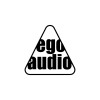



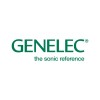

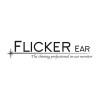
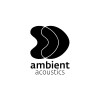



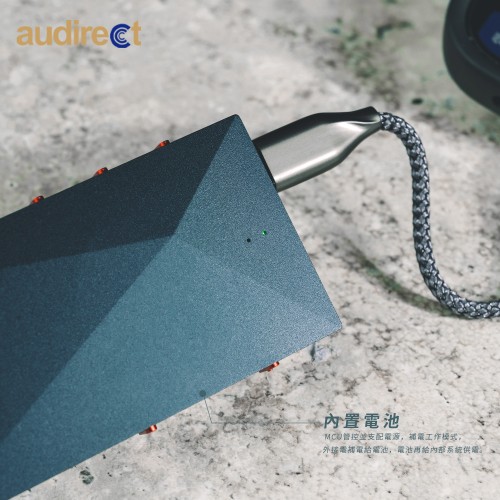
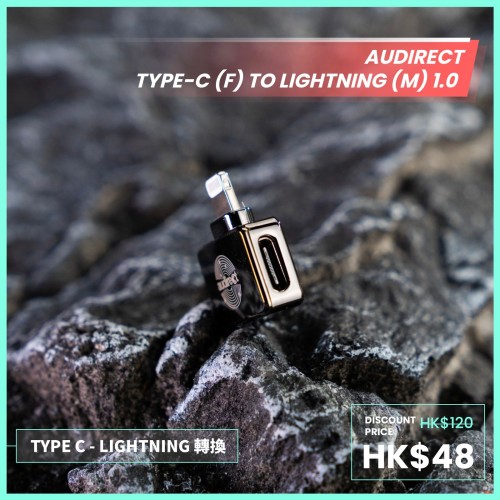
-500x500w.jpeg)




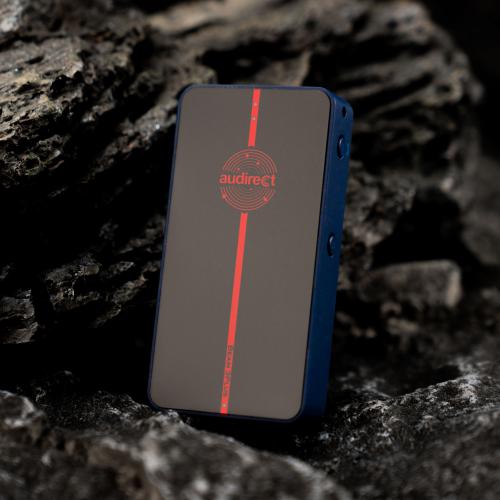
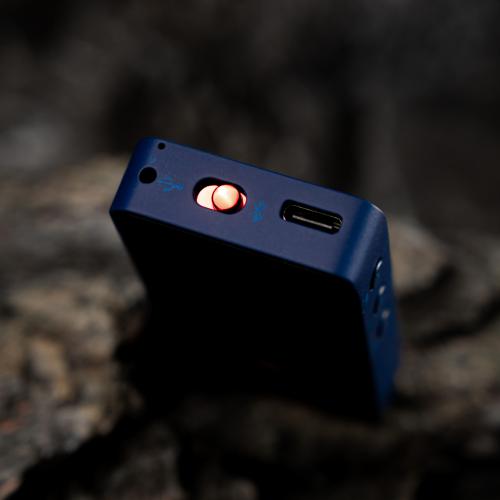

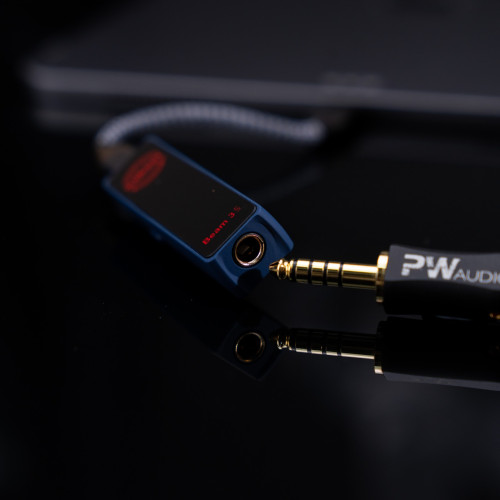




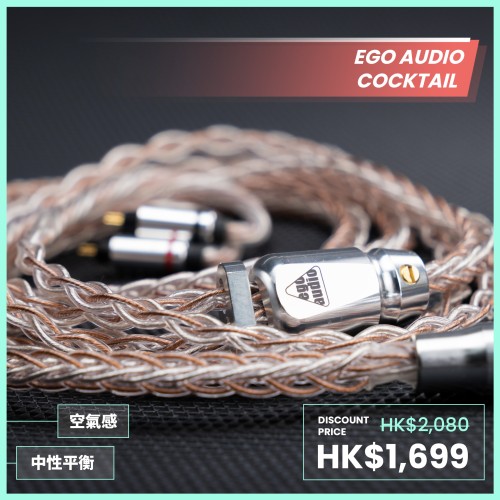



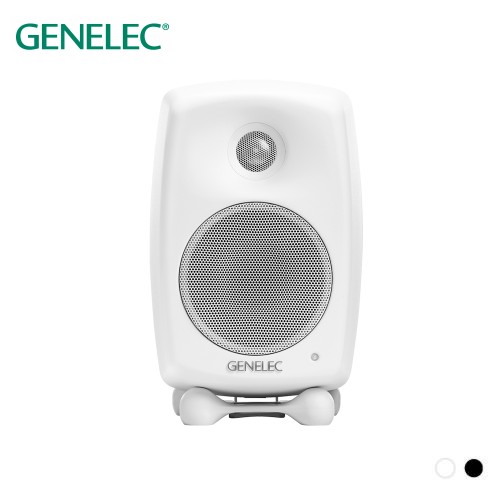
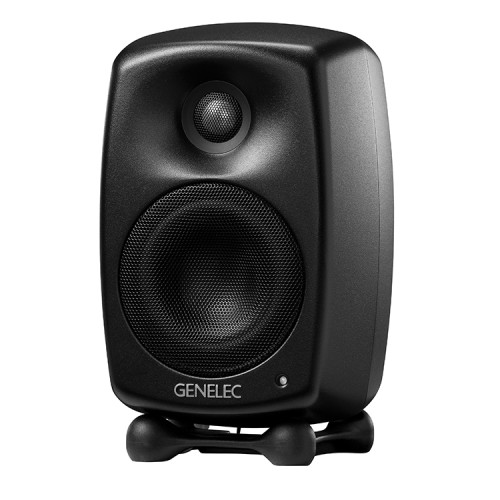
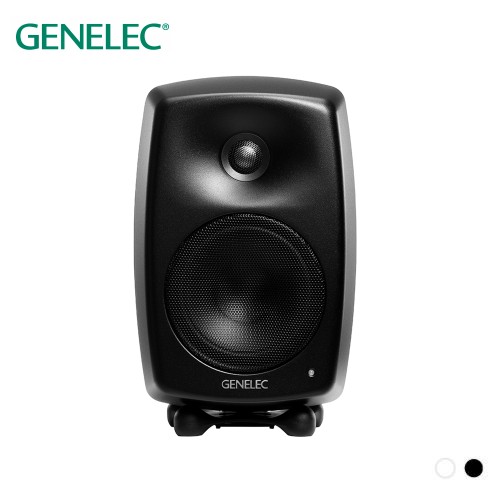
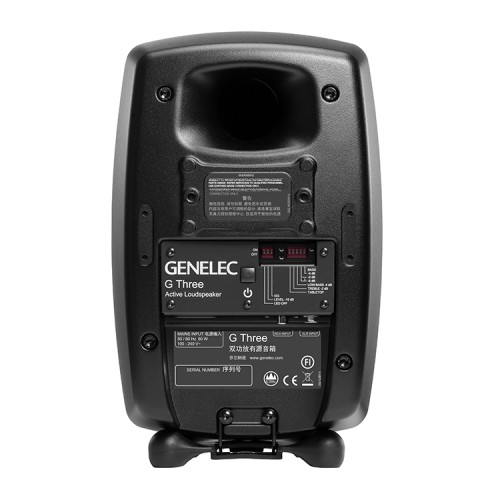
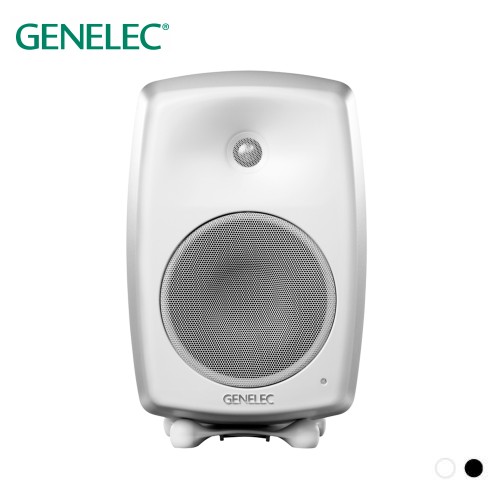
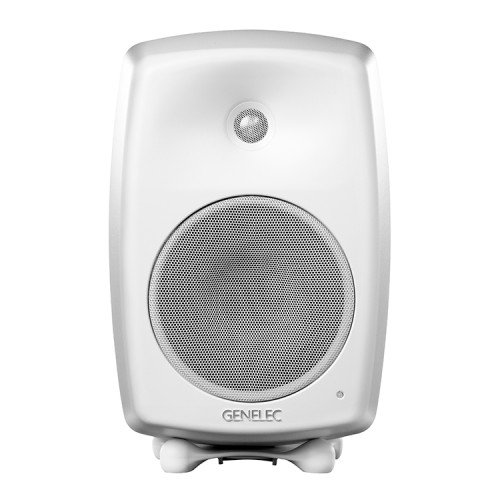
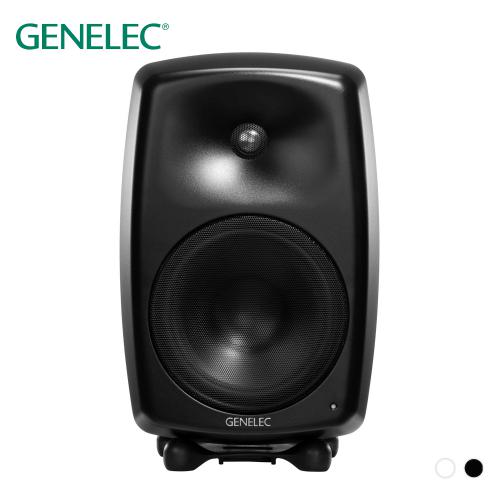
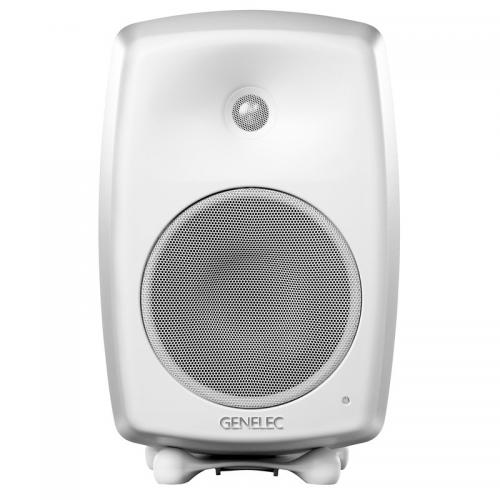
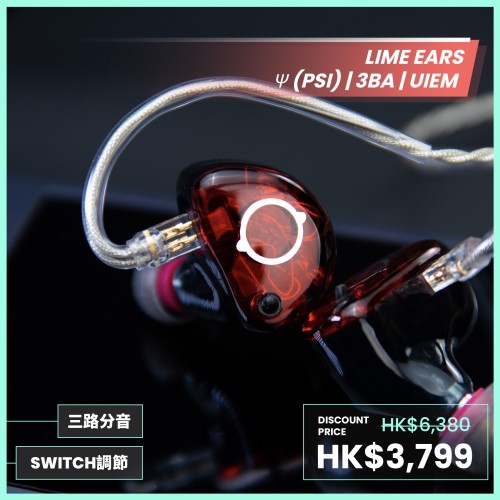


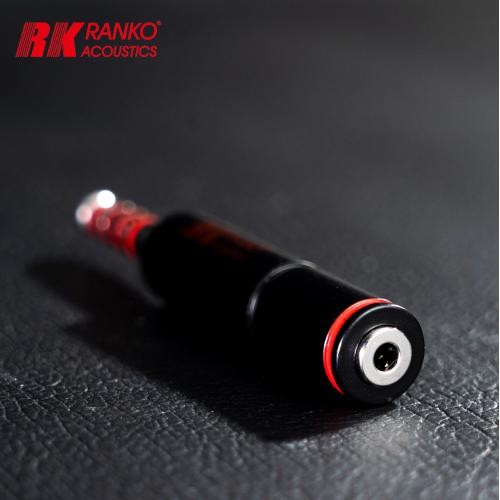

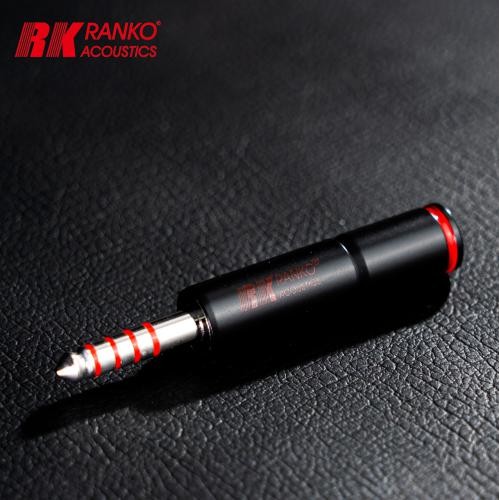

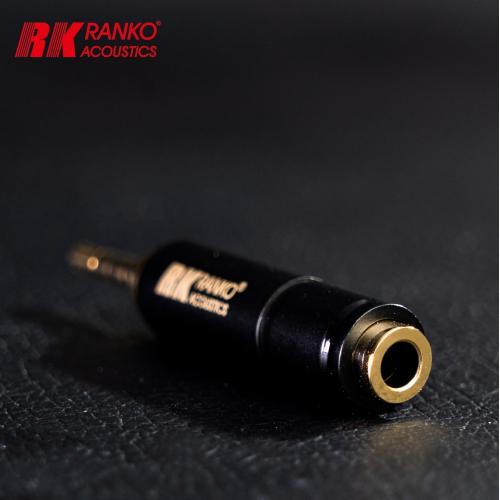
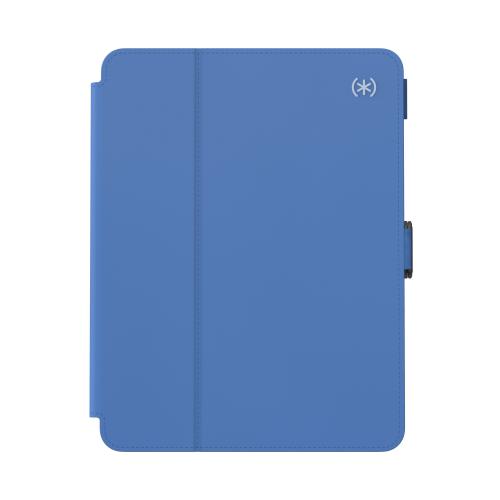
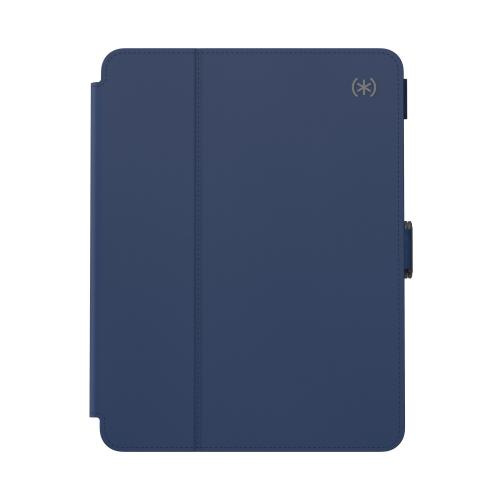


Leave a Comment